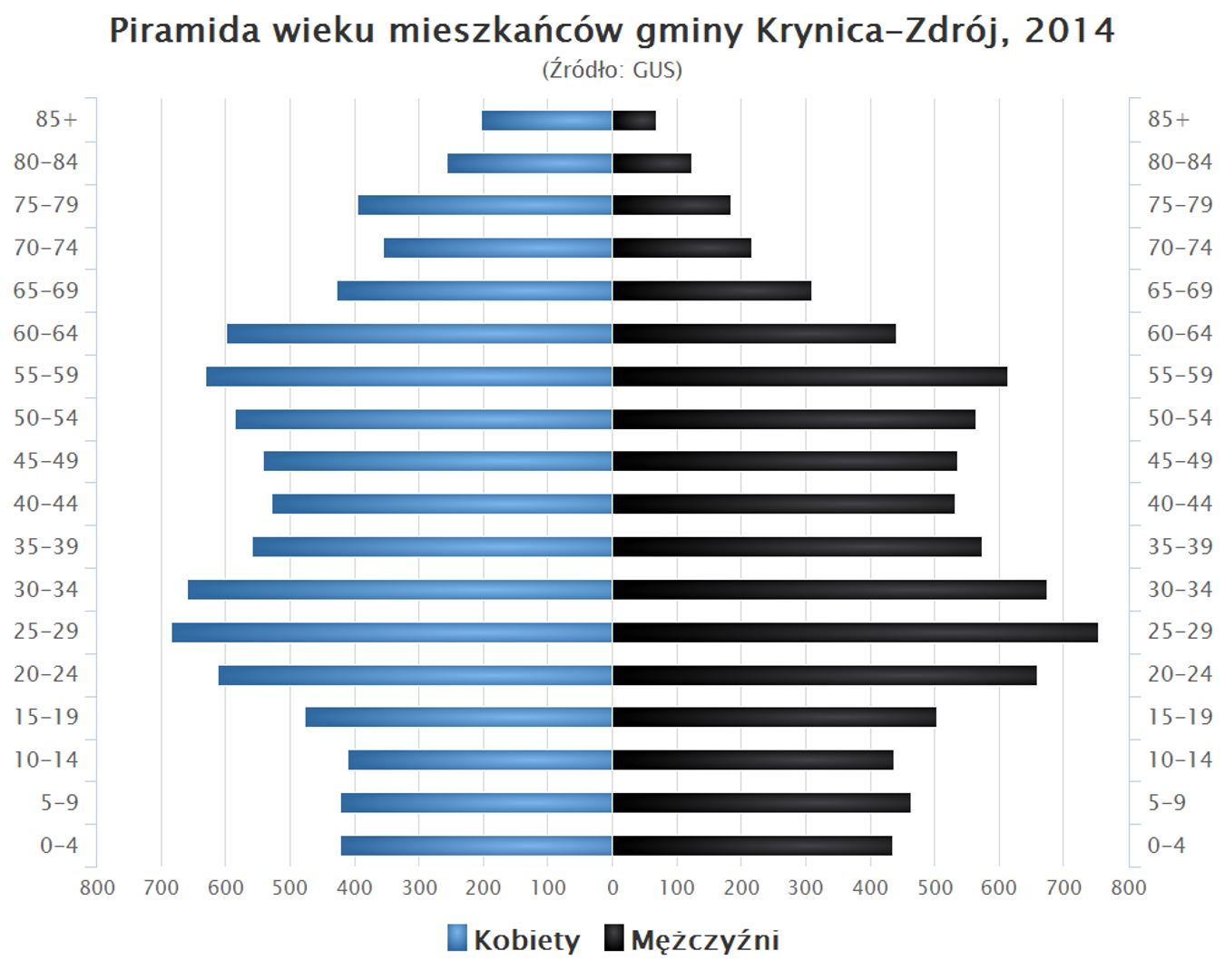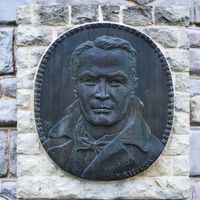Krynica-Zdrój
6.36

Overview
The Municipality of Krynica-Zdrój, located in the eastern part of the Beskid Sądecki range and on the western edge of the Beskid Niski range, covers an area of 145.3 km², dominated by forest land (55%) and agricultural land (39%). The history of the municipality dates back to 1363, when King Casimir the Great founded the town of Miastko, which was transformed into Tylicz in 1612. Miastko was an important regional center until the 19th century. Krynica gained prominence after 1856 thanks to the charm of its mineral springs and the work of Professor Józef Dietl, obtaining town rights in 1889. After numerous administrative changes, the name of the municipality was changed from Krynica to Krynica-Zdrój in 2002. The modern municipality is surrounded by the municipalities of Grybów, Łabowa, Muszyna, and Uście Gorlickie, and also borders Slovakia. It is also distinguished by its diverse religious structure, with nine Roman Catholic parishes, a Greek Catholic church, as well as a Baptist congregation and a Jehovah's Witnesses community. The Municipality of Krynica-Zdrój is famous for its historical monuments, including the wooden Greek Catholic church in Mochnaczka, built in 1846 and featuring a rich interior with a Baroque iconostasis, as well as other churches in eclectic styles. In Tylicz, there are historical "Bar Confederation Fortifications." Tourism plays a key role in the life of the municipality. On Jaworzyna Krynicka, which reaches 1,114 meters above sea level, visitors can enjoy a gondola lift and ski slopes that transform into excellent hiking trails in the summer. Mountain biking thrives in the surrounding forests. The municipality ranked highly among tourist municipalities in Poland, confirming its financial potential between 2010 and 2013. An interesting natural feature is the "Devil's Stone" monument, and numerous nature trails are maintained on the slopes of Jaworzyna Krynicka. Krynica-Zdrój is also known for its rich recreational offerings, including horse riding stables in Tylicz. Thanks to its diversity, the municipality combines natural, cultural, and historical values, making it an attractive destination for both tourists and residents.
Location
You can also find here:
2025 Wizytor | All Rights Reserved

